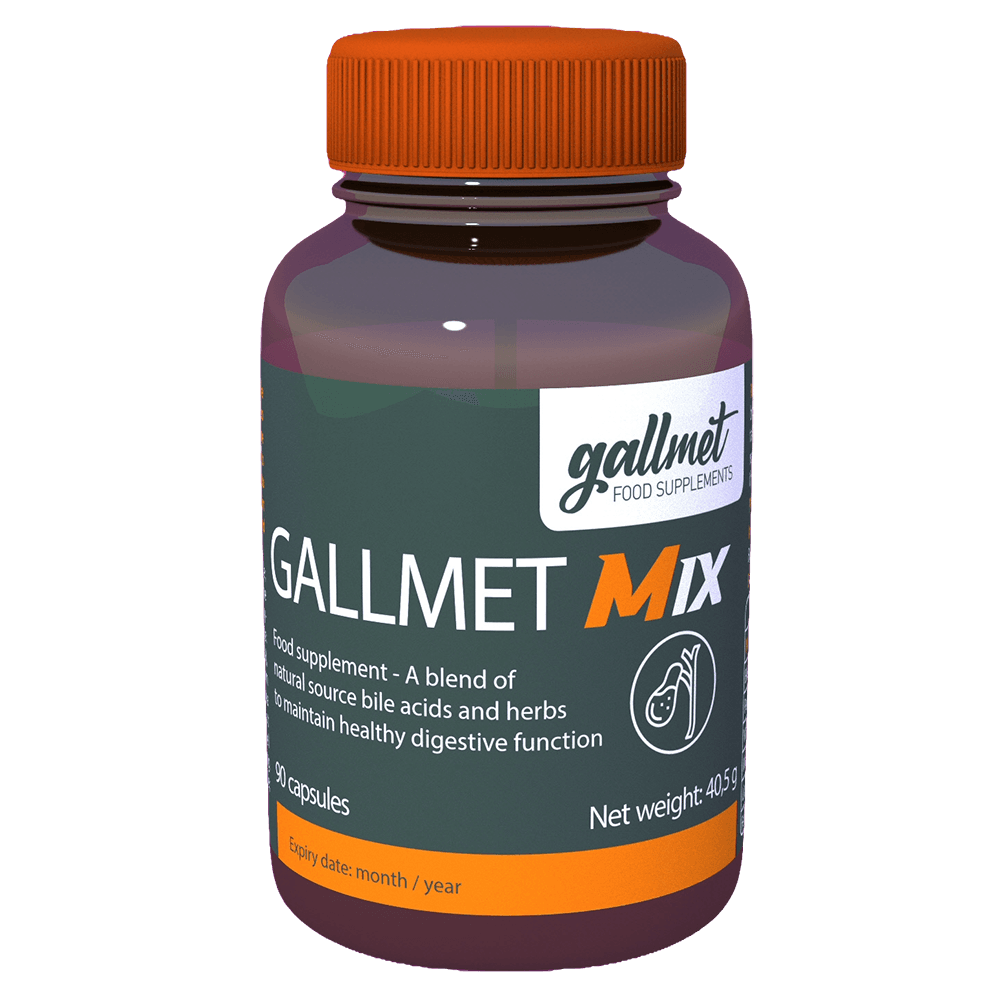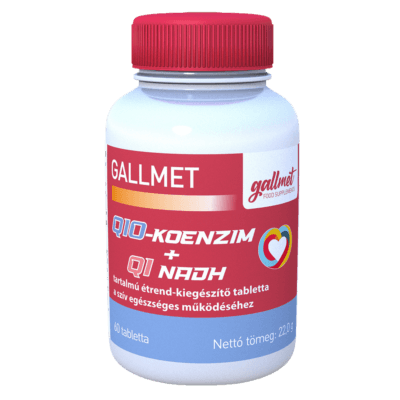Potential applications of bile acids in cardiovascular diseases

Author: Dr. Sándor Bíró
Literature title: Potential applications of bile acids in cardiovascular diseases
Source: Pharmacy Mirror September 1996
Summary
Atherosclerosis (arteriosclerosis)
Atherosclerosis is a lesion of the large and medium-sized arteries, characterised by a hardening of the vessel wall and a loss of elasticity. The patches can spread and may also merge. The incidence increases with age in men, is less frequent in women until the menopause, and is similar to that in men. It can be detected in 90% of the population over 50 years of age.
Cholesterol plays one of the most important roles in the development of atherosclerosis. The extremely complex process is as follows: platelets stick to the damaged inner lining of a blood vessel for whatever reason and release substances that help it to precipitate. These substances excite the circular muscles of the blood vessels, causing vasoconstriction and a rise in blood pressure. In the damaged areas, cholesterol-containing lipoproteins are deposited, triggering the thickening, hardening and then calcification of the vessel walls.
Atherosclerosis is one of the causative factors of many circulatory diseases. The calcification of coronary arteries, hypertension, myocardial infarction, calcification of cerebral vessels and the resulting cerebral complications (vascular occlusion or stroke). The cholesterol-lowering effect of bile acid products can be of great importance in the treatment of all these.
Use of products containing bile acids for weight loss
It has been known for a long time that patients with significant excess body weight have great difficulty in losing fat. Based on what we know so far, it seems certain that obesity is linked to a disturbance in energy metabolism. The cause of obesity in our modern age is explained by the more abundant diet and less exercise that accompany civilisation. Of course, it can also be caused by pathological processes or diseases of the body. There is also evidence that obesity contributes to the occurrence of certain diseases and associated mortality.
The adverse health effects of obesity are shown by the fact that it significantly increases the incidence of cardiovascular disease and the hypertension, diabetes and obesity that contribute to its development. Obesity is the accumulation of more fat in the body than is needed. It is generally accepted that anyone with a body weight of 20% or more above the acceptable level should be treated. Current knowledge suggests that a number of factors play a role in the development of obesity.
Among the most important are: behavioural control of food intake and dietary factors, fat storage mechanisms, components of energy intake and expenditure, genetic and psychological influences.
Regulating food intake
The primary function of nutrition in living organisms is to maintain a constant level of nutrients in the body. To this end, the brain constantly gathers information about nutrients and available food
and uses these signals to regulate metabolic processes, activity levels and food intake. The frequency and amount of food intake is regulated partly by the peripheral nervous feedback loop involving the gastrointestinal system and partly by central nervous system processes.
Dietary factors
Studies on dietary factors suggest that in the short term, fat intake directly affects fat balance. The nutrient content of foods certainly influences the rate of fat deposition. As the percentage of fat in the diet increases, the amount of energy stored increases.
In addition to nutrient content, changes in dietary intake also affect fat deposition.
Fat storage problems
Since men tend to gain weight more in the abdomen, where fat is broken down by a more active form of lipoprotein lipase, men tend to lose weight more easily than women, who tend to have more fat deposits around the hips. Animal studies and human observations also suggest that stress effects lead to abdominal fat deposition. When triglycerides are deposited in fat cells, initially only the cells increase in size, and when they reach their maximum size, they begin to divide. While moderate obesity is thought to be due to an increase in cell size, excessive obesity is thought to be due to the division of fat cells.
Bile-acid products can be given for weight loss primarily to favourably influence the pathological processes of fat storage.
Download in PDF
GALLMET products are available in ALL Hungarian pharmacies and herbal shops or can be ordered!
Click on the [print-me] icon to print the page


























